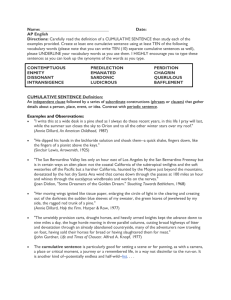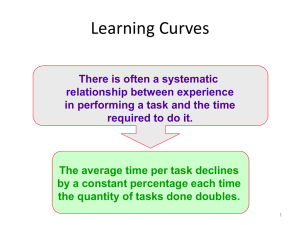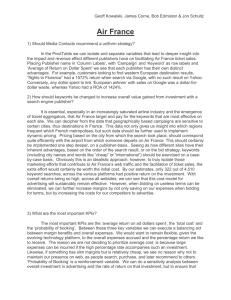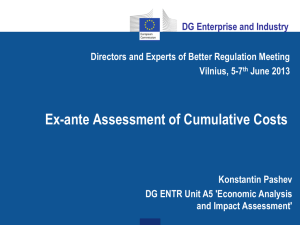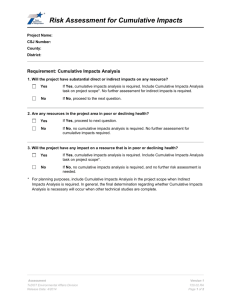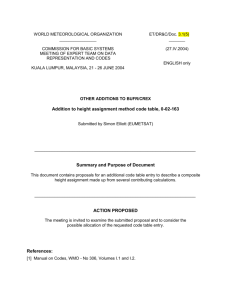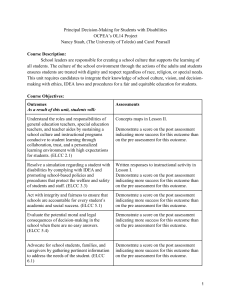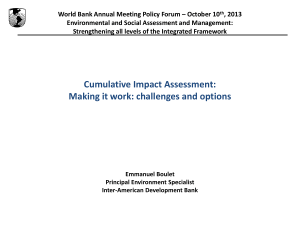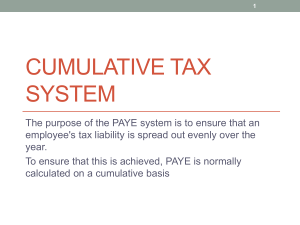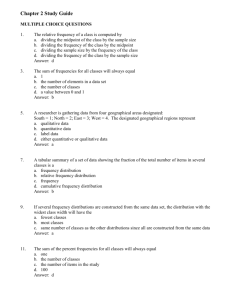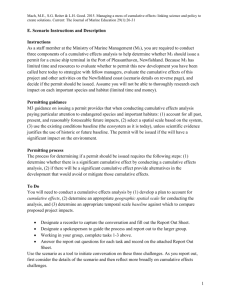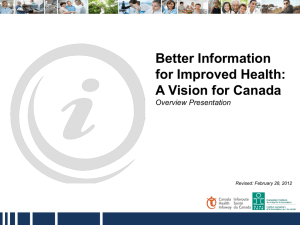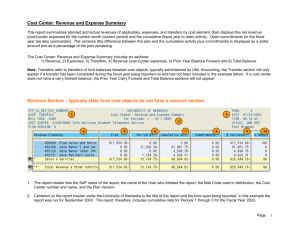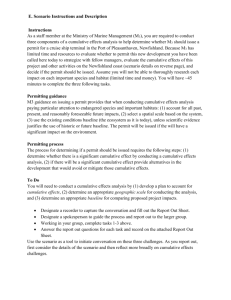MarketShare Presentation
advertisement
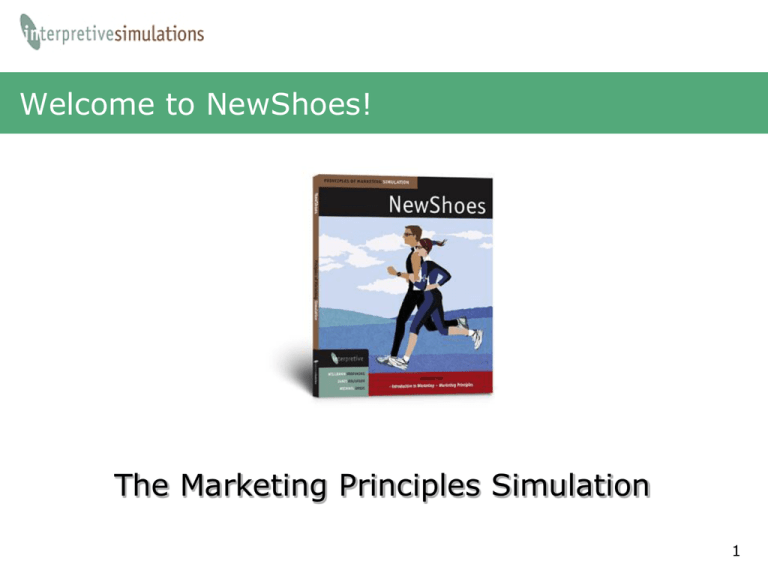
Welcome to NewShoes! The Marketing Principles Simulation 1 NewShoes Overview Experiential learning that drives home the basic process of marketing planning: Design of a simple marketing plan Use of basic marketing research Experience dynamic competition Learn about group decision-making Understand financial implications Get comfortable with ambiguity 2 NewShoes Content A computer-based competitive simulation of the athletic shoe industry… Focusing on the four Ps of marketing: • Product • Price • Promotion • Place You play the role of the Marketing Management Team 3 NewShoes Competition Multiple competitors all starting from the same equal position Selling in home and domestic regions No inherent advantages of one firm over another at start Learn about competition through market research 4 NewShoes Setting Multiple markets with different dynamics and needs: • Three regions: Home Domestic Foreign* • Plus contract bids for store brand* *instructor selected options which are typically introduced during the event 5 Starting Position (All Teams) Performance improved from Period -1 to 0, but your team faces major challenges as you take charge at the beginning of Period 1. Revenue Home Sales Domestic Sales Special Income Total Revenue Period 0 $7,436,000 $11,736,000 $0 $19,172,000 Period -1 $9,180,000 $0 Cost of Goods Sold Total Cost of Goods 198K units X $40.00 COG/unit Gross Margin $7,920,000 $11,252,000 $6,384,180 $2,795,820 Expenses Advertising Consumer Promotions Personal Selling Dealer Promotion Product Development Market Research Start-up Special Expenses Total Expenses $3,500,000 $4,000,000 $1,120,000 $2,200,000 $900,000 $0 $750,000 $0 $12,470,000 $1,000,000 $2,000,000 $400,000 $1,000,000 $800,000 $0 $0 $0 $5,200,000 Net Profit -$1,218,000 -$2,404,180 67.6K units X $110.00 price 130.4K units X $90.00 price $9,180,000 6 Market Research Insights about competitors’ decisions plus customer satisfaction 3 levels of detail* by variable / region: • Industry averages ($10K per item) • Range + averages ($10K per item) • Detail by firm ($25K per item) Weigh cost vs. value of information Some free information in Market: Industry News *report detail level is an instructor selected option 7 Financial Make sure to consider the financial implications of decisions Cost of marketing expenditures vs. the impact on sales / profitability No budget constraints, but limited marginal value on expenditures Impact of experience curve on COG • Net impact of B2B/contract bid sales • Long- vs. short-term orientation 8 Financial For example, what are the implications of decreasing unit cost due to the experience curve? Cumulative Production Units (000,000s) 9 Decisions Regional decisions •Price •Consumer Advertising •Consumer Sales Promotion •Personal Selling (# salespeople) •Dealer Sales Promotion •What market research to purchase Corporate decisions •Product Development •Contract Bid (price) •Group Organization 10 Tools Multiple tools and reports to assist your decision process Income Statement Market Share Return on Sales Breakeven Analysis Cost of Goods Calculator Bid Analysis Response Functions Estimation 11 Assignments Multiple assignments to reinforce concepts Strategic Plan (and revision) Forecasting Brand Name Formulation Advertising Development Use of Market Research New Product Development Philosophy Toward Risk Team Decision-Making 12 Marketing Planning Decision-Making Process NewShoes • Analyze current situation Company reports and marketing research • Problems and opportunities Distill information into meaningful insights. • Generate alternatives Marketing implications Anticipate competition Financial implications • Decision Group consensus by deadline. Simulation is advanced. • Monitor results See new results and begin again for next period . . . 13 Performance Measures Profit Return on Sales Market Share Customer Satisfaction 14 Things to Keep in Mind • Marketing planning is a process • Marketing is about numbers and skill (understanding complex research studies, financial implications, forecasting, etc.) • Discover market drivers for each region • Think long-term • Don’t underestimate importance of teamwork and organization 15 Balanced Scorecard 1. Cumulative Net Profit (in millions of $) – 25% 2. Cumulative Revenue (in millions of $) – 25% 3. Cumulative Unit Sales (in units) – 25% 4. Share of Revenue (in %) – 25% 16

